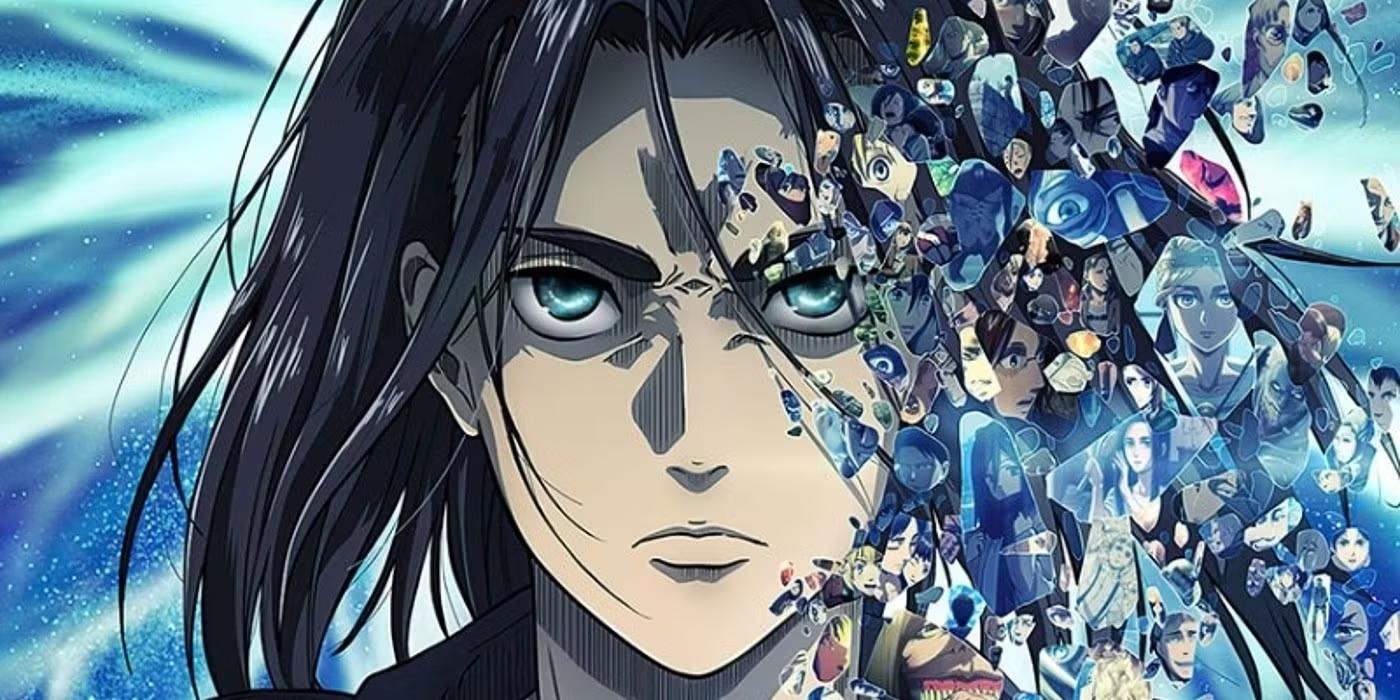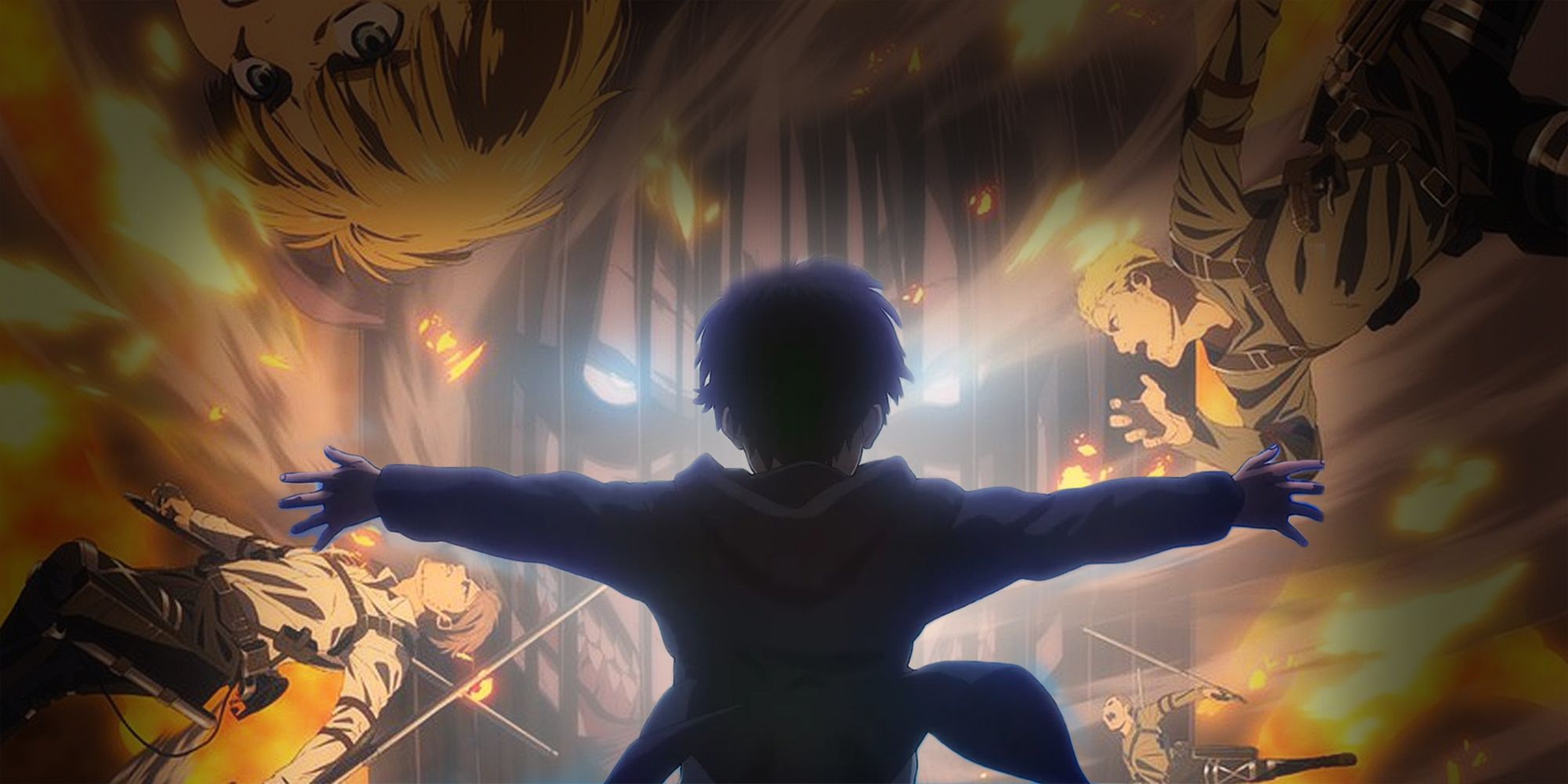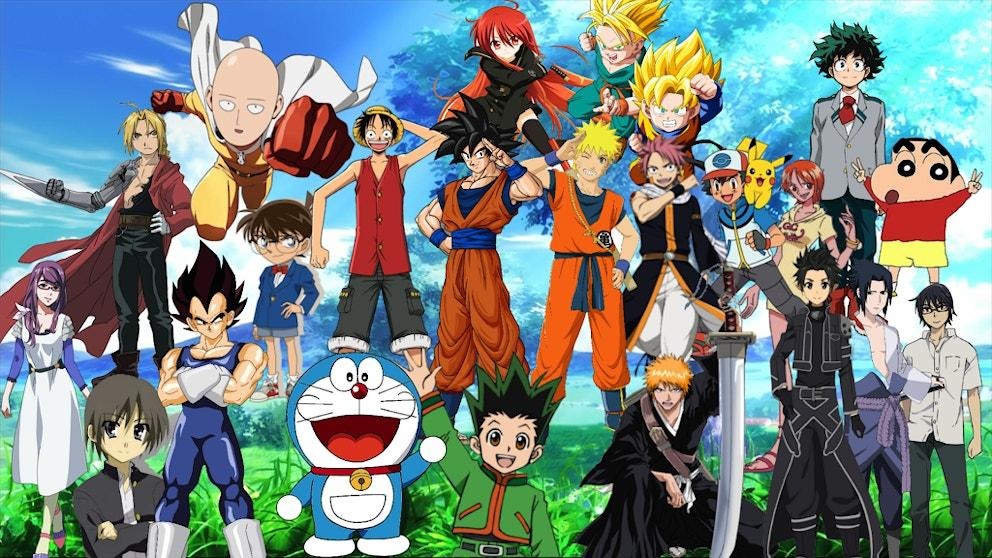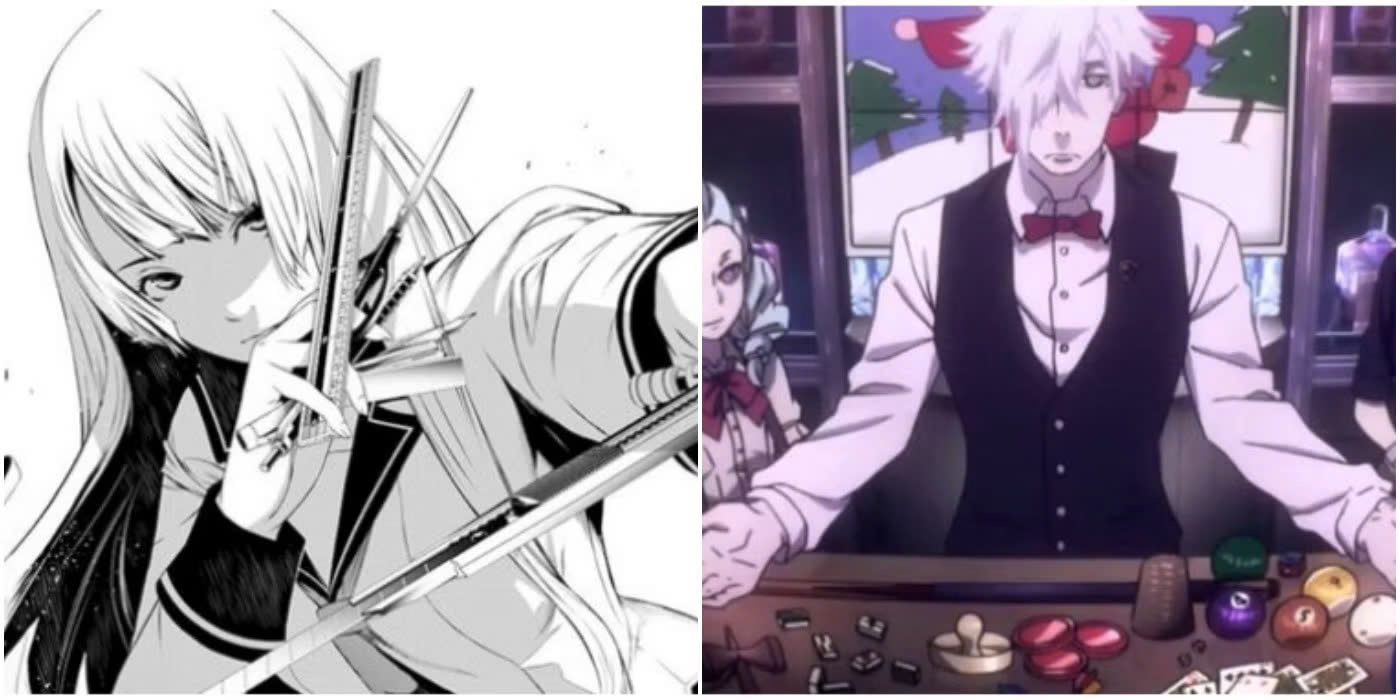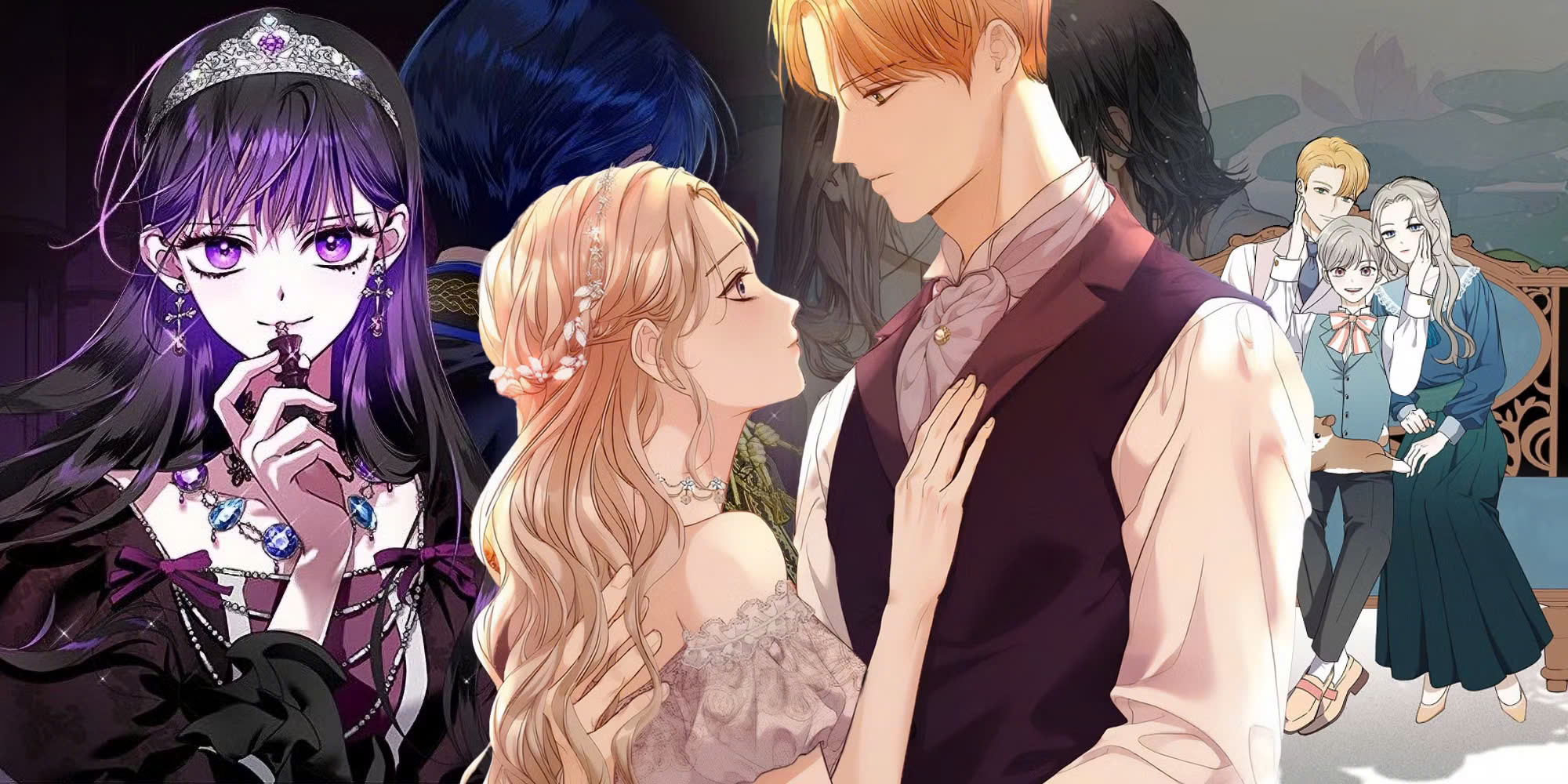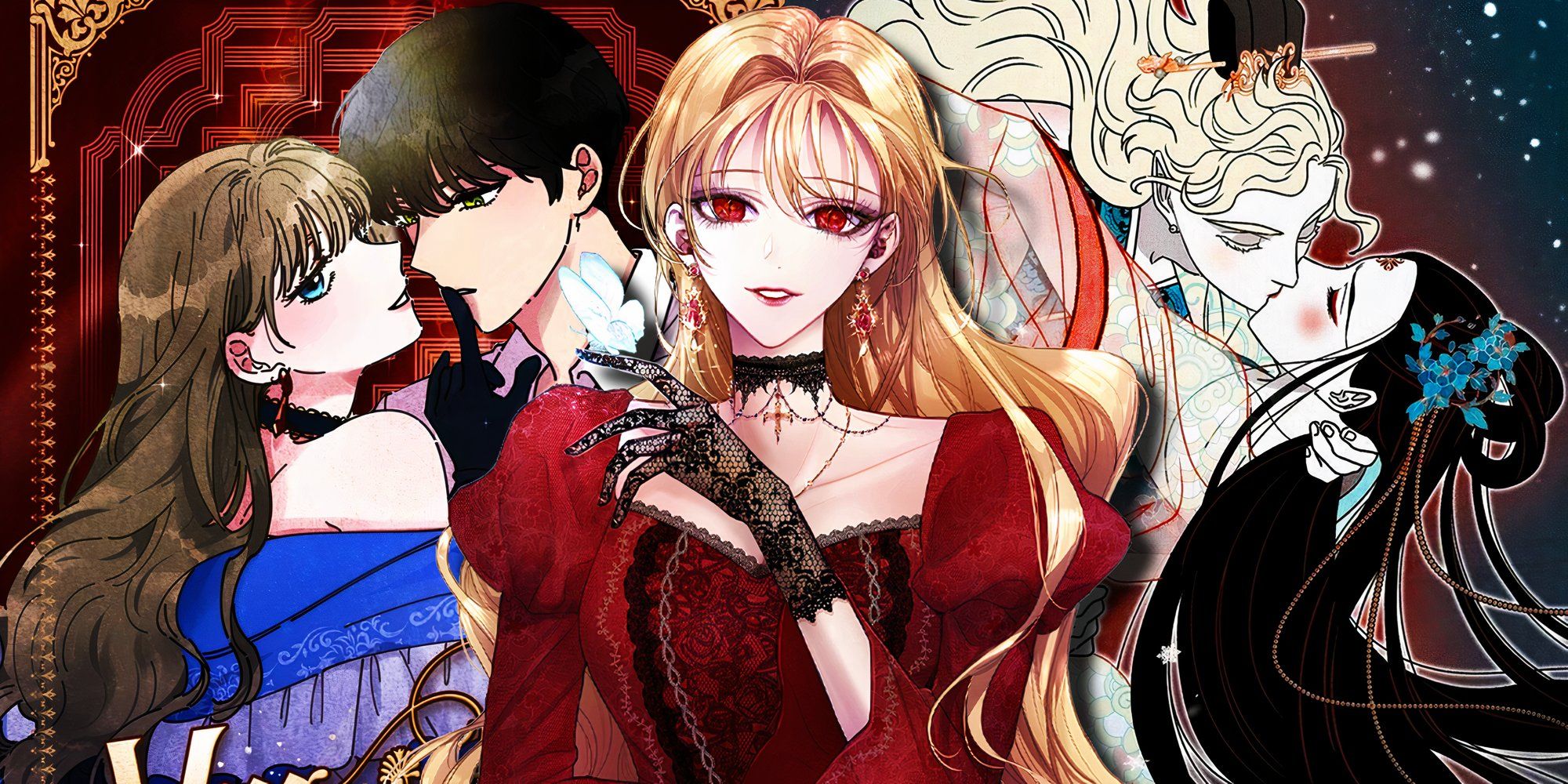Black Clover Manga has captivated manga fans worldwide with its thrilling story of magic, friendship, and determination. For those looking to dive into this fantastical world without breaking the bank, there are several ways to read Black Clover manga online for free. In this comprehensive guide, we’ll explore the best options for enjoying this beloved series, discuss its compelling storyline and characters, and examine why it has become such a phenomenon in the manga community.
Where to Read Black Clover Manga Online for Free
While supporting official releases is always encouraged, there are legal ways to read Black Clover manga for free online. Here are some of the best options:
Official Sources
• Viz Media: Viz offers the first three chapters and the three most recent chapters of Black Clover for free on their website and mobile app. This is an excellent way to start the series or catch up on the latest developments.
• Manga Plus: Shueisha’s official platform provides similar access to the first three and latest three chapters for free.
• Free Trial Periods: Many digital manga platforms offer free trial periods, allowing you to binge-read a significant portion of the series before deciding on a subscription.
Library Services
• Local Libraries: Many public libraries now offer digital manga collections. Check if your local library provides access to Black Clover through services like OverDrive or Hoopla.
• School Libraries: If you’re a student, your school library may have digital manga subscriptions that include Black Clover.
Remember, while there are unofficial sites hosting manga scans, it’s best to use legal sources to support the creators and ensure the continued production of the series we love.
The Magic of Black Clover: Story and Characters
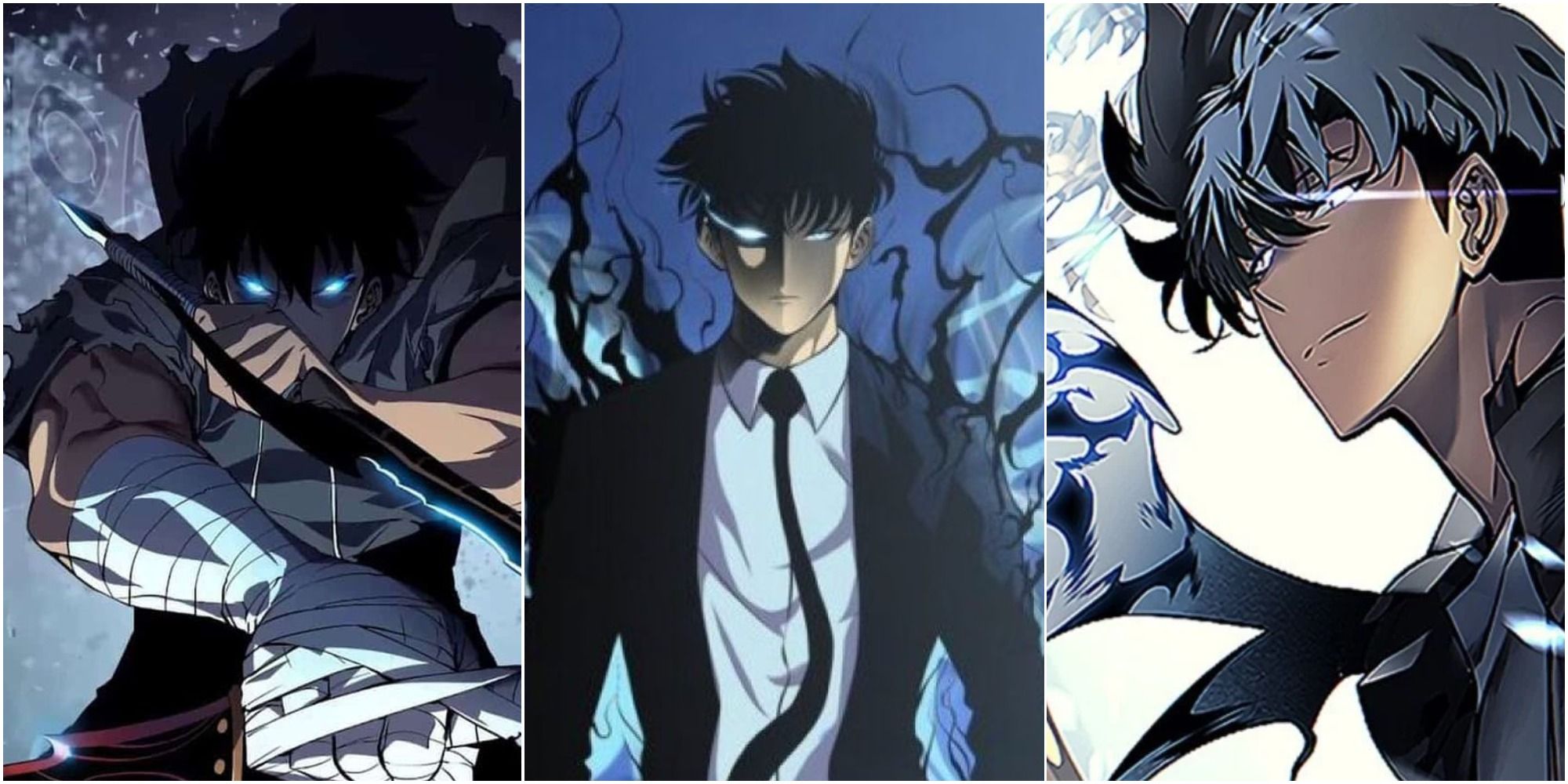
Black Clover’s popularity stems from its engaging storyline and diverse cast of characters. Set in a world where magic is everything, the series follows Asta, a young boy born without any magical ability. Despite this seeming disadvantage, Asta dreams of becoming the Wizard King, the strongest mage in the kingdom.
Key Characters
• Asta: Our protagonist, born without magic but possessing incredible physical strength and an anti-magic sword.
• Yuno: Asta’s rival and childhood friend, a prodigy with powerful wind magic.
• Noelle Silva: A royal with water magic who struggles to control her powers.
• Yami Sukehiro: Captain of the Black Bulls, wielding dark magic and unconventional leadership skills.
The series excels in character development, with each member of the Black Bulls squad growing and overcoming personal challenges throughout the story. This focus on personal growth resonates strongly with readers, making the characters relatable despite their fantastical abilities.
Themes and Storytelling
Black Clover explores themes of perseverance, friendship, and breaking social barriers. The manga’s fast-paced storytelling keeps readers engaged, with each arc introducing new challenges and expanding the world’s lore. From intense magical battles to political intrigue within the Clover Kingdom, the series offers a perfect blend of action and drama.
One of the manga’s strengths is its ability to subvert common shonen tropes. While it embraces many classic elements of the genre, it often presents them in fresh and unexpected ways, keeping readers guessing and invested in the story’s progression.
The Impact of Black Clover on Manga Culture
Since its debut in 2015, Black Clover has made a significant impact on manga and anime culture. Its popularity has led to an anime adaptation, video games, and a wide range of merchandise. The series has garnered a dedicated fanbase, with cosplayers, fan artists, and theorists contributing to a vibrant community.
Global Appeal
Black Clover’s success extends beyond Japan, with the manga finding a dedicated readership in North America, Europe, and other parts of Asia. Its themes of hard work and determination resonate across cultures, contributing to its international appeal. The series has been praised for its diverse cast of characters, representing various backgrounds and abilities, which has helped it connect with a global audience.
Influence on the Shonen Genre
While building on the foundation of classic shonen series, Black Clover has also influenced the genre in several ways:
• Fast-paced Storytelling: The manga’s rapid plot progression and frequent action scenes have set a new standard for pacing in shonen series.
• Ensemble Cast Development: Unlike some series that focus primarily on the protagonist, Black Clover gives significant attention to developing its supporting characters, creating a rich and diverse cast that fans can root for.
• Magic System: The series’ unique approach to magic, blending traditional elemental powers with more unconventional abilities, has inspired other creators to explore innovative magic systems in their works.
Why Fans Love Black Clover Manga
The enduring popularity of Black Clover can be attributed to several key factors that keep fans coming back chapter after chapter:
Underdog Story
At its core, Black Clover is an underdog story that resonates with many readers. Asta’s journey from a magicless boy in a world of magic to a powerful knight is inspiring and relatable. His determination in the face of seemingly insurmountable odds speaks to anyone who has ever felt outmatched or underestimated.
Dynamic Artwork
Yūki Tabata’s artwork is a major draw for fans. His dynamic action scenes and expressive character designs bring the world of Black Clover to life. The detailed magical effects and creative spell designs make each battle a visual spectacle, rewarding readers who pay close attention to the intricate artwork.
Character Growth and Relationships
The series excels in developing its characters over time. Readers have watched Asta, Noelle, and others grow not just in power, but in maturity and understanding. The bonds formed between characters, whether friendships, rivalries, or mentorships, add depth to the story and give weight to the conflicts and triumphs they face together.
World-building and Lore
Black Clover has created a rich and expansive world that continues to unfold with each chapter. From the different kingdoms to the hierarchy of the Magic Knights, the series offers plenty of lore for fans to dive into. The mysteries surrounding the origin of magic and the devils add layers of intrigue that keep readers theorizing and eagerly anticipating new revelations.
Blend of Humor and Serious Themes
While tackling serious themes like discrimination and corruption, Black Clover balances its narrative with moments of humor and lightheartedness. This mix keeps the tone from becoming too heavy and provides relief between intense action sequences, making it an enjoyable read for a wide range of audiences.
As the manga continues to unfold, fans eagerly anticipate each new chapter, discussing theories and favorite moments online. The ability to read Black Clover manga for free through various platforms has only increased its accessibility and popularity, allowing more readers to join in the excitement and become part of the growing Black Clover community.
Conclusion: Join the Black Clover Adventure
Exploring the world of Black Clover manga for free is an exciting journey into a realm of magic, friendship, and perseverance. Whether you’re a longtime fan or new to the series, the accessibility of free reading options makes it easier than ever to dive into this captivating story. From Asta’s unwavering determination to the complex magical battles and evolving character relationships, Black Clover offers something for every manga enthusiast.
As you embark on your own Black Clover adventure, remember that the true magic of manga lies in the community it creates. Share your favorite moments, theories, and character insights with fellow fans. Discuss the latest chapters, create fan art, or even try your hand at cosplay. The world of Black Clover is vast and welcoming, with plenty of room for new voices and perspectives.
We’d love to hear about your experiences reading blackclover.top manga online for free. What drew you to the series? Who are your favorite characters? How has Asta’s journey inspired you? Share your thoughts in the comments below and join the vibrant community of Black Clover fans. Together, let’s celebrate the magic, friendship, and determination that make this manga truly special.

